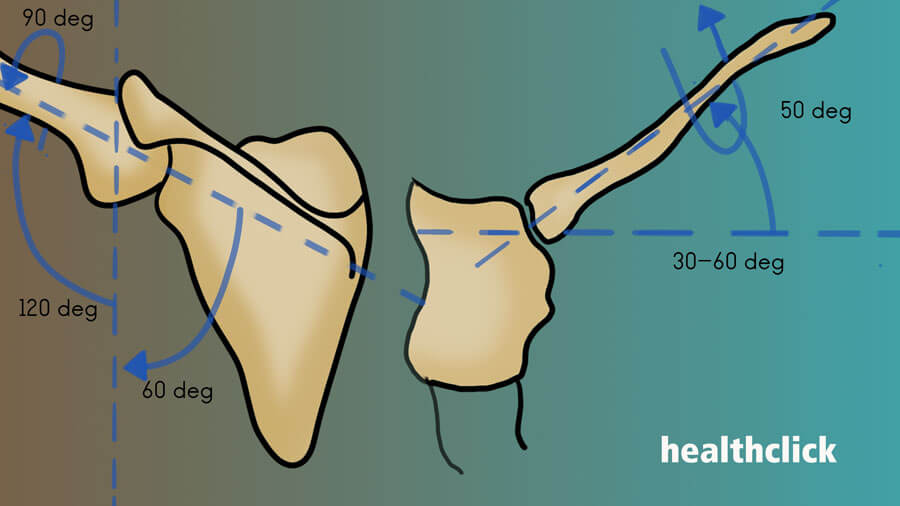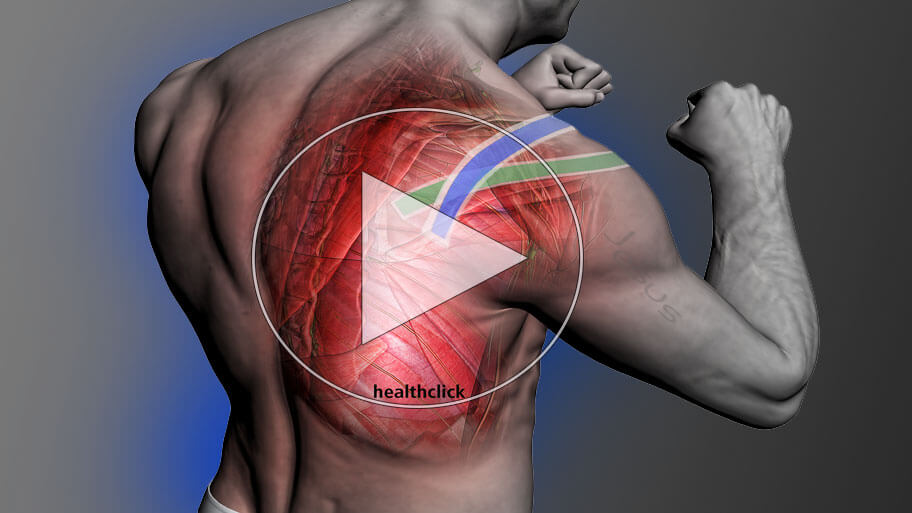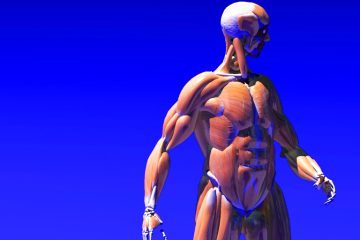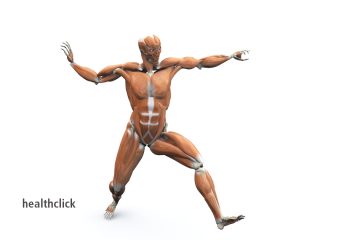If you can not conclusively determine the structural pathology, how can you be confident in what you are treating? This shoulder dysfunction continuing education will assist you identify the appropriate shoulder treatments strategies. To identify appropriate shoulder dysfunction treatment we can employ a different approach for patients. Look at their history, their objectives, and the exam findings, and use these to try and categorize them or classify them according to what initial treatment approach makes the most sense. This approach has been used with low back pain and neck pain with great success, and it has been shown to produce clinical outcomes that are better than they would be if we were to try to chase the pathologic anatomy.
A Different Approach to Shoulder Treatment
The patient’s shoulder pain location can also be useful in helping determine if it’s coming from a shoulder structure or potentially coming from the cervical spine. For example, in our clinical practice, patients who present with neck pain need to be evaluated by one of the other health care providers first, whether a physician or a nurse practitioner. However, patients who have nonspecific shoulder pain are referred directly to physical and occupational therapy, and it is not uncommon for us to have patients come to therapy. When I ask where their shoulder is hurting, they’ll grab their upper trapezius.
In these cases to identify appropriate shoulder dysfunction treatment, I have to stop and examine the cervical spine and determine if that is the source of their pain, and often it is. When a patient tells you they have shoulder pain, it is important to determine the pain location. In my experience, if patients complain more of pain in the upper trapezius area, I have found that to be more often related to a cervical spine issue than an actual shoulder pathology. Suppose the patient complains of pain along the medial border of the scapula. In that case, the location could be either a muscular structure — one of the scapular muscles — or, again, it could be referred to as pain coming from the cervical spine.
It’s not uncommon for the cervical facets and the cervical discs to refer pain into the scapula area or the area of the upper trapezius. The location of the pain can be valuable for determining the source of the pain. In a true glenohumeral pathology, what is quite common is that the patient will grab onto their glenohumeral joint area. If it is more of an impingement-type problem or a labral-type problem or instability, typically, the patient will kind of grab onto this area. If it is more of an acromioclavicular or AC joint injury, the patient will often point to where it hurts right up here on the top of the shoulder.
Again there should be some sort of a patient history that would make sense here. Either the patient had a fall onto the shoulder or a history of multiple traumas to the AC joint, resulting in an osteolytic process where the patient is getting some bone necrosis. The location of the pain should help clue you in as to whether or not it’s truly a shoulder problem or whether it’s coming from the cervical spine.
Looking for more continuing education on evaluation and treatment of the shoulder dysfunction? Check out our new, all access, online subscription for PT, PTA, OT and AT

New – PT, PTA and OT Continuing Education – All Access Subscription – $189.
More shoulder evaluation and treatment online courses that are included in our new all access subscription
- Injury Prevention and Optimal Mechanics in the Throwing Athlete
- Biomechanics of the Shoulder
- Foundation Exercises for the Treatment of the Shoulder
- Critical Analysis and Treatment Strategies for the Complex Shoulder
Now Florida licensed Occupational Therapists can purchase our all access online subscription and meet all their Florida State required continuing education. FL OT Approval Number #50-1442 and AOTA Provider #4487
References
This video is an excerpt from the online course, Critical Analysis and Treatment Strategies for the Complex Shoulder which is instructed by Chris Durall, PT, DPT, SCS, LAT, CSCS. This course is also available as a private course just for your facility. Medical Facilities can combine our online courses with webinars and/or live course specifically customized for their clinical team. Learn more by requesting information about private continuing education courses.
Train just your team by combining this online course, with a webinar and/or a private live course. Learn more.

Philip W. McClure, Lori A. Michener, Staged Approach for Rehabilitation Classification: Shoulder Disorders (STAR–Shoulder), Physical Therapy, Volume 95, Issue 5, 1 May 2015, Pages 791–800, https://doi.org/10.2522/ptj.20140156
de Winter AF, Jans MP, Scholten RJPM, et alDiagnostic classification of shoulder disorders: interobserver agreement and determinants of disagreementAnnals of the Rheumatic Diseases 1999;58:272-277.

